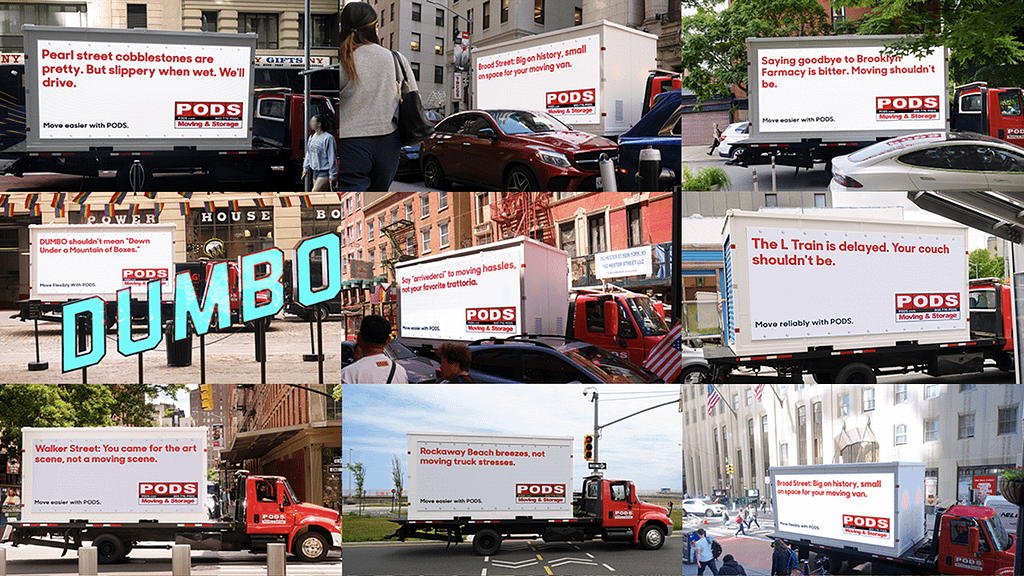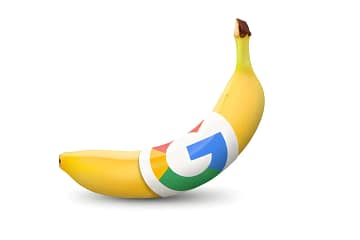Imagine creating over 6,000 unique headlines, each tailored to a specific neighborhood and its real-time conditions. Now, imagine doing all that in just 29 hours. Seems patently impossible, right? You’d need an army of copywriters, a battalion of data analysts, and enough caffeine to float a battleship. And yet, PODS didn’t just imagine it; they did it, and in doing so, they achieved some genuinely staggering results: a 60% increase in website traffic and a 33% lift in quote requests. This isn’t a hypothetical scenario from a business school case study; it’s a testament to how AI is fundamentally changing the rules of the game. This is what an “impossible ad” looks like.
We’re talking about an out-of-home advertising campaign that traversed all 299 neighborhoods of New York City in a mind-boggling 29 hours. But this wasn’t just a simple truck with a billboard on it. Oh no, this was a rolling, sentient display that served up over 6,000 unique, hyper-local headlines. The billboards were living, breathing entities, adapting to their surroundings in real-time. It’s a beautifully intricate ballet of technology and data, a marvel of modern marketing.

The Technical Core of the Impossible Ad
How did they pull it off? It was a masterful tripartite collaboration between PODS, the agency Tombras, and Google’s Gemini AI. The foundation was a bespoke, highly technical training of Gemini. The AI was a willing pupil, fed a steady diet of PODS’ brand guidelines, a vast trove of marketing data, Google reviews, and even podcast interviews. The goal wasn’t to get a dry, formulaic response; it was to cultivate a tone that was smart, aware of its surroundings, and, most importantly, friendly. It was coached, not simply prompted.
The real genius, however, was the real-time data integration. The system was a voracious consumer of live data. It didn’t just know where the truck was via GPS, it also knew the weather, the time of day, and even if there were subway delays. A custom application, running on Google Cloud’s Vertex AI, became the brain of the operation, synthesizing this deluge of information to spit out headlines that were contextually perfect for each specific neighborhood and its fleeting conditions.
- Imagine a billboard rolling into SoHo and a message appears about finding a smaller PODS for a tight apartment.
- Or a different one, crossing into Astoria, acknowledging a sudden downpour with a clever quip about moving in the rain.
- The messages weren’t static; they were living, breathing parts of the city.
This isn’t something you could ever achieve with a traditional creative team, no matter how talented or caffeinated they are. The sheer volume and specificity of the messaging would have been an interminable task, a Sisyphean effort that would have taken months, or perhaps even years, to develop. They did it in just 12 days. The AI handled the scale and speed, while human creatives acted as the final arbiters, reviewing and curating the output to ensure local relevance and brand appropriateness. This collaboration, this synergy, is the part that I think matters most. It’s not a machine taking over, it’s a person and a machine working together to achieve something genuinely astounding.
The Results Speak for Themselves
Did it work? You bet your bottom dollar it did. The campaign wasn’t just a technological spectacle; it drove serious, measurable business results.
- A 60% increase in website traffic for PODS.
- A 33% lift in quote requests in the NYC area, representing the brand’s biggest year-over-year jump in that market.
This campaign didn’t just make a splash; it made an impact. It won the Clio AI Specialty Award, a huge win for a project that shows what this technology can actually achieve, and was featured at the Cannes Lions International Festival of Creativity.
Ultimately, the “World’s Smartest Billboard” is a new benchmark. It proves that AI, when leveraged creatively and intelligently, isn’t just a gimmick. It’s a game-changer. It can turn impossible creative ideas into reality, and in doing so, it sets a new standard for what we can expect from advertising. It’s an exciting time, isn’t it?

So, as you think about your own marketing, whether it’s a small-scale social media push or a grander campaign, what “impossible ad” are you dreaming of? What creative boundaries could you break if you had a partner that could generate 6,000 unique pieces of content in a single day? This isn’t about replacing the human touch; it’s about amplifying it to a scale we never thought possible.



0 Comments